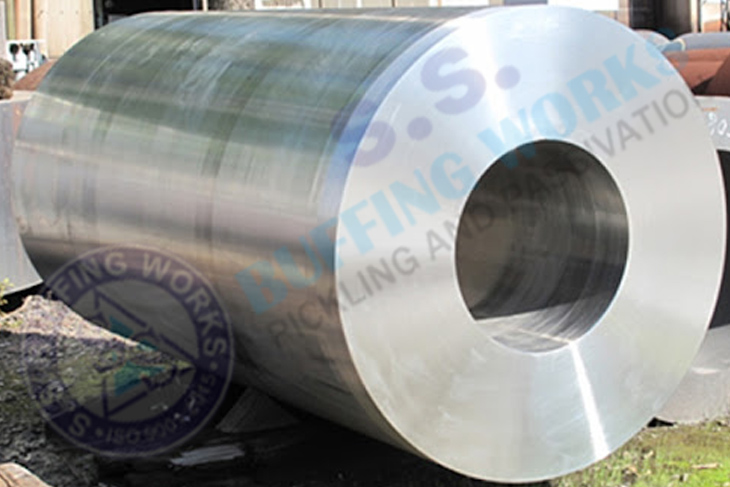To properly clean stainless steel during or after fabrication it is necessary first to know what has to be removed and then it is possible to select the appropriate cleaning procedure. How to proceed is influenced by the size and shape of the fabrications and the number of parts involved. Dirt deposits on stainless steel, which include accumulated dust and dirt, finger marks, and identification markings, are easily removed.
Cleaning methods for the removal of drawing compounds and machining lubricants from stainless steel workpieces may be grouped as follows: 1. Those employing hot alkaline solutions along with auxiliary hot water rinsing and drying operations.
2. Those using chemical solvents for degreasing.Methods of lubricant removal obtained from suppliers of lubricants together with technical advice and assistance from firms producing cleaning materials are always most helpful in deciding what method to use. In addition, there are many firms that specialize in the design and manufacture of cleaning equipment for the volume processing of all manner of workpieces.
“All Union surfaces and adjacent surfaces should be cleaned in depth to ensure the weldability and reduce the need for post weld cleaning, prior to welding.”
Super Duplex Stainless Steels offer a wide variety of properties of corrosion. The high contents of chromium allows that the corrosion resistance is usually very good in most environments. This applies both to the corrosion by cracks and bite. The great mechanical resistance also implies that the resistance to corrosion under tension is very good. Due to the low carbon content, the time rare intergranular corrosion is a problem.
